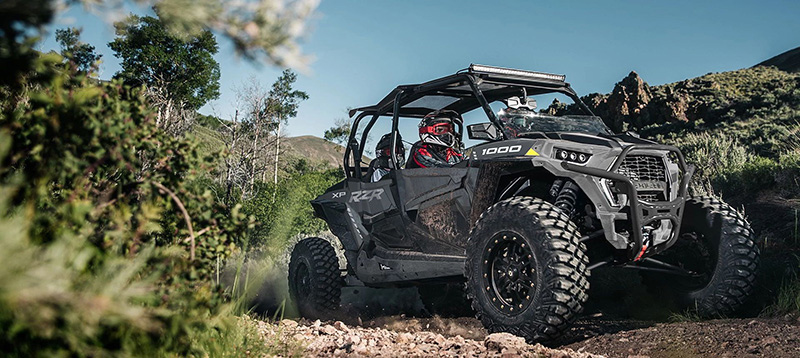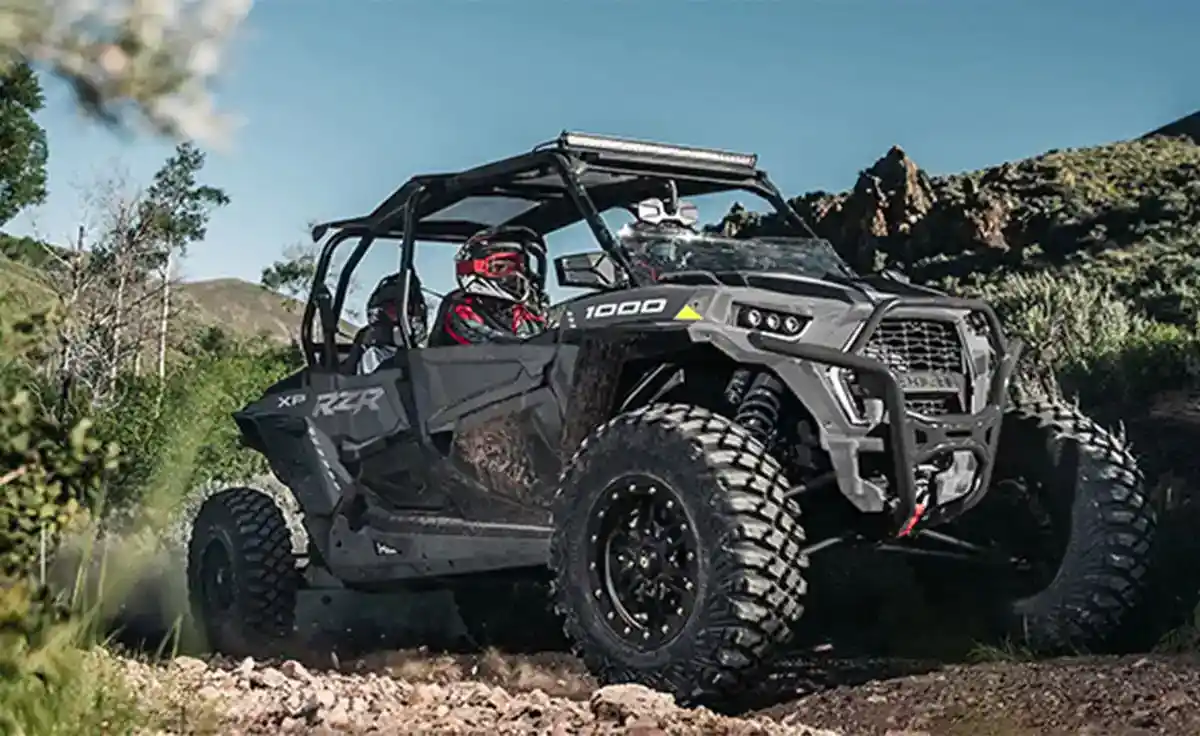
Polaris may tell you to swap out your RZR belt every 500 miles, but I’m here to tell you that with a bit of careful driving, you can stretch that bad boy to 1500-2000 miles. That’s right, I’m talking about driving with finesse, taking those turns slow and steady, and not gunning it like some kind of maniac. So next time you’re out there on the trail, remember to treat that belt with the respect it deserves, and you’ll be rewarded with many more miles of adventure
When it comes to the Polaris RZR, one question that always seems to be on people’s minds is just how long that drive belt can hold out. Will it last you for hundreds of miles of trail riding, or is it more likely to give out on you just when you’re starting to hit your stride?
Well, my friends, the answer is a bit more complicated than a simple number. You see, there are a lot of factors that can impact the lifespan of your RZR belt, from the kind of terrain you’re traversing to how much horsepower your vehicle is packing.

Buy the right belt with our buying guide on finding your Polaris RZR belt
Does your RZR drive belt temperature matter?
The primary thing to watch out for is too high of a belt temperature. The high temperatures can slightly melt the belt sides and cause what’s called glassing. You will see a slightly shiny area on the side of your belt.
You can use a belt temperature sensor to monitor your belt and prevent overheating

Understanding the Role of the CVT Belt in Your Polaris RZR
The CVT belt, often referred to as the drive belt, is the unsung hero of your Polaris RZR. It transfers power from the engine to the wheels, ensuring smooth and efficient performance. However, like any other component, it requires regular maintenance and care to function optimally.
The Importance of Regular Belt Maintenance
Regular belt maintenance is not just about ensuring your Polaris RZR runs smoothly. It’s about preventing unexpected breakdowns during your off-road adventures. A well-maintained CVT belt can withstand the rigors of rock crawling, dune bashing, and other extreme off-road conditions.
Preventing Belt Failure: The Key to Longevity
Belt failure is a common issue among Polaris RZR owners. However, it can be prevented with regular inspections, proper installation, and understanding the signs of wear and tear. By keeping an eye on the belt temperature and changing the belt at the right time, you can prevent catastrophic belt failure.
Is Polaris RZR clutch alignment important to belt life?
You bet it is, clutch alignment should be maintained although it is fine coming from the factory. If you are constantly experiencing belt tears you should check the alignment between the primary and secondary clutch and make sure your belt is riding in the center of the two clutches.
It’s important to keep in mind, too, that regular inspection and maintenance can go a long way toward extending the lifespan of your drive belt. Keep an eye out for any signs of wear and tear, such as fraying or cracking, and make sure to address any issues promptly.
In the end, the longevity of your Polaris RZR belt will depend on a variety of factors, some within your control and others not so much. But with careful attention and a bit of luck, you should be able to get plenty of miles out of your trusty drive belt, whether you’re racing through the wilds or just puttering around the farm.
Making Your Belt Last Longer: Tips and Tricks
Making your belt last longer is not rocket science. It’s about understanding your vehicle, adapting your driving style, and following a set maintenance routine. Here are some tips to help you extend the life of your CVT belt:
- Proper Break-In: A new drive belt requires a proper break-in period. This involves achieving a high number of flex cycles under low load while maintaining low temperatures. This process allows the belt to wear and mate to the proper angle of the sheaves, ensuring optimal performance.
- Avoid High Speeds: High speeds can lead to excessive heat, causing the belt to wear out faster. During the break-in period, avoid wide open throttle and high speeds to ensure the longevity of your belt.
- Use Low Gear: When tackling steep inclines or heavy loads, use low gear. This reduces the strain on the belt and prevents overheating.
- Regular Inspection: Regularly inspect your belt for signs of wear and tear. Look for cracks, fraying, or any signs of damage. If you notice any issues, replace the belt immediately.
- Keep It Clean: Dust and debris can cause premature wear and tear on your belt. Regularly clean the belt and the clutch housing to keep them in optimal condition.
- Monitor Belt Temperature: Overheating is a common cause of belt failure. Consider installing a belt temperature sensor to monitor the belt’s temperature and prevent overheating.
By following these tips, you can ensure that your CVT belt will last a set number of miles, providing you with reliable performance during your off-road adventures.
Warning Signs of a Worn Drive Belt
One of the most common injuries that RZR riders face is a worn-out drive belt…(read more)
Top Reasons Drive Belts Break
RZR belt breakage can be attributed to several reasons, including …(read more)

